Book Review: What’s Behind the Numbers?
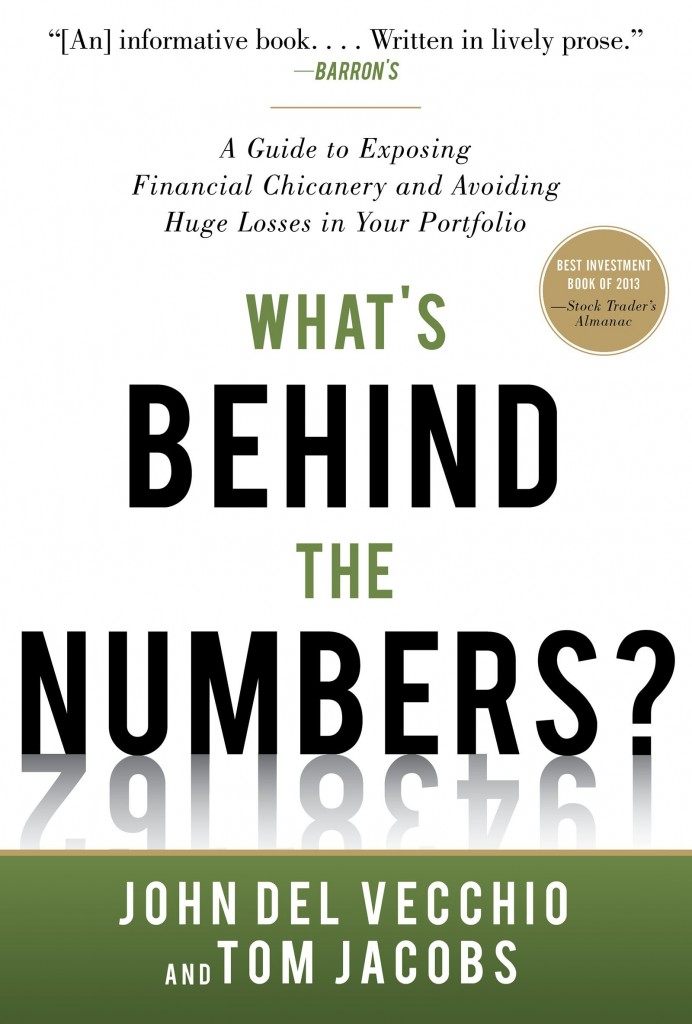 This is an ambitious book. ?It tries to draw together financial statement analysis, value investing, short-selling, technical analysis, market timing, and portfolio management into one slim book of 254 pages.
This is an ambitious book. ?It tries to draw together financial statement analysis, value investing, short-selling, technical analysis, market timing, and portfolio management into one slim book of 254 pages.
It spends the most time on financial statement analysis, going over revenue recognition, inventories, and all of the squishier areas of accounting that?most industrial companies face. ?It will not help you much with financial companies, they are far more complex, and deserve a book all their own.
I was surprised that the book did not suggest common summary measures of accounting quality, such as Normalized Operating Accruals. ?It did feature Cash Flow from Operations less Net Income, which is almost as good.
The book focuses on the short side — how do you make money from failure? ?The long side suggests maxing out on small cap value stocks, and idea which ?I like, but can get overfished at times.
Think of it this way: do you want to run a portfolio that is systematically short company size, long value, short liquidity, long quality, etc? ?I helped do that for 4.5 years at a hedge fund, and boy that ride was bumpy. ?The market can remain insane longer than you can remain solvent.
But, to the book’s credit, it understands position sizing for short positions, which is momentum following. ?Short more of things that fall. ?Do not add to shorts when the prices rise. ?This is a key insight of the book, and it is a reason why value managers often?don’t do well in a long-short context.
My last complaint is that the book does not explain even in broad terms how they balance the various?portfolio management ideas. ?If you buy this book, you are on your own. ?You do not ?have a full roadmap to guide you. ?If you were going to use this as a main strategy, you would have to fill in a lot of holes.
Now, I’m often critical of turn-the-crank books — follow my rules, and you will make money. ?But I am more critical of almost turn-the-crank books — follow my rules, and you still won’t know exactly what to do.
Is this a good book? ?Yes. ?Read it and you will learn a lot. ?Will it help you analyze stocks? ?Also yes. ?You can make a lot more money by avoiding stocks with a high probability of losing money. ?Will it tell you exactly what to do? ?No. ?That is a strength and a weakness — I’m not sure any book on investing that offers a formula can be exact, and be good. ?Investing is an art, not a science. ?Then again, science is an art, not a science, but that’s another topic — all the great discoveries come from not following the scientific method.
So if you want to learn, this is a good book. ?If you want a foolproof way to make money, sorry, this won’t do it for you, and the same for almost every other investment book.
Quibbles
There are far better books on all of the topics that they cover, and most of them have been reviewed at my blog. ?Far better to read books that specialize on a single topic, than one that is a hodgepodge.
Summary
This is a good book, but average investors should not buy it as a formula, because they can?t implement it. ?Average investors could benefit from the book, because it gives them a taste of a wide number of investing topics. ?Just be aware that you aren’t getting a full dose of anything. ?If you still want that, you can buy it here:?What’s Behind the Numbers?: A Guide to Exposing Financial Chicanery and Avoiding Huge Losses in Your Portfolio.
Full disclosure:?I borrowed this book via Interlibrary Loan. ?It is going back tomorrow, and I will not buy a copy to replace it.
If you enter Amazon through my site, and you buy anything, I get a small commission.? This is my main source of blog revenue.? I prefer this to a ?tip jar? because I want you to get something you want, rather than merely giving me a tip.? Book reviews take time, particularly with the reading, which most book reviewers don?t do in full, and I typically do. (When I don?t, I mention that I scanned the book.? Also, I never use the data that the PR flacks send out.)
Most people buying at Amazon do not enter via a referring website.? Thus Amazon builds an extra 1-3% into the prices to all buyers to compensate for the commissions given to the minority that come through referring sites.? Whether you buy at Amazon directly or enter via my site, your prices don?t change.





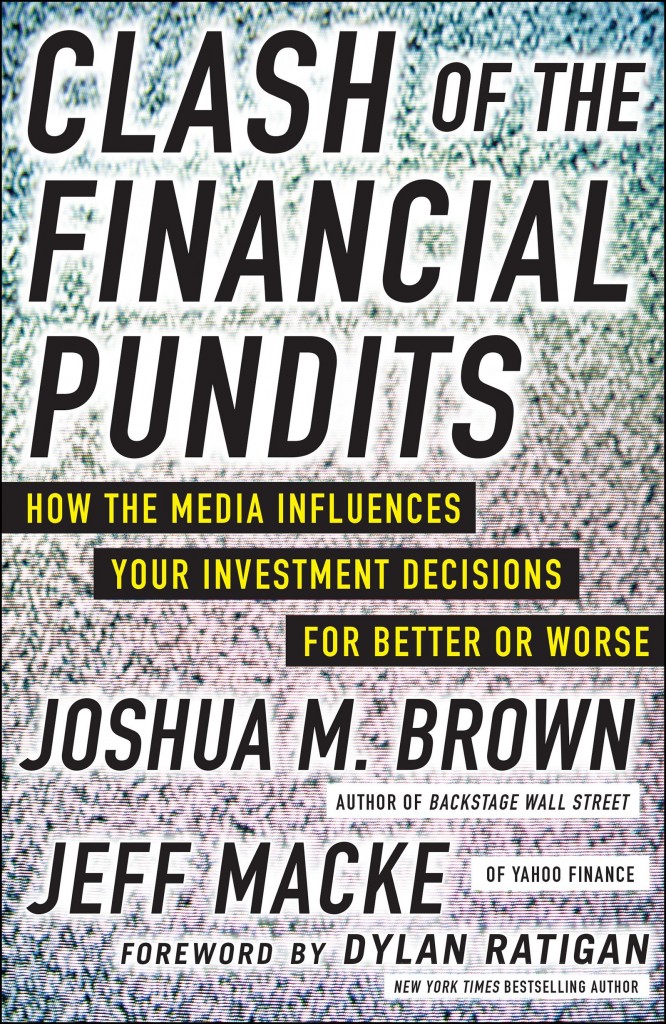
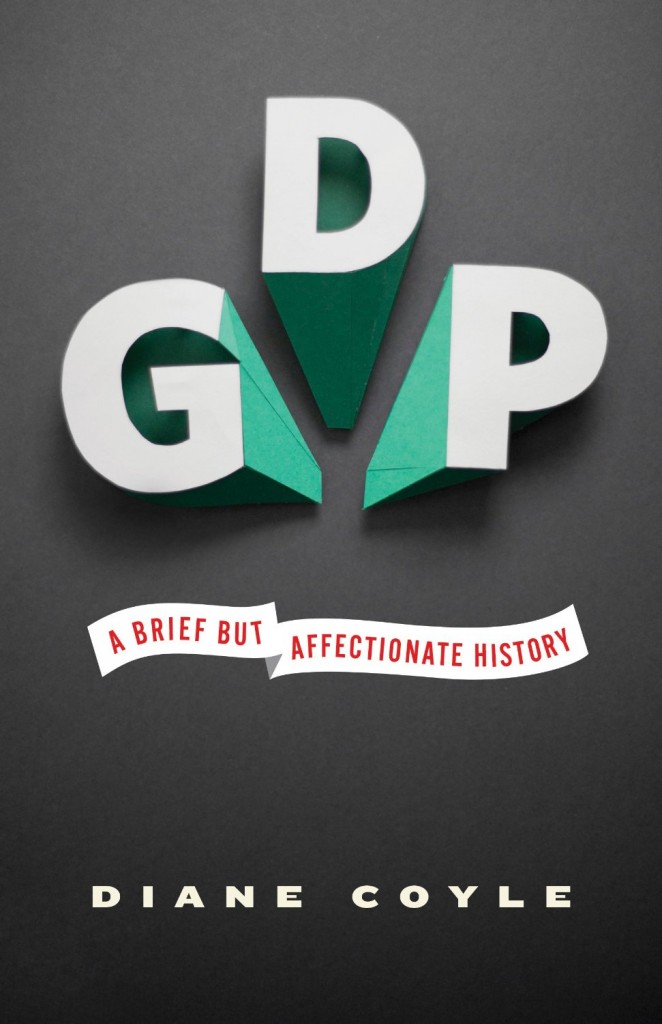
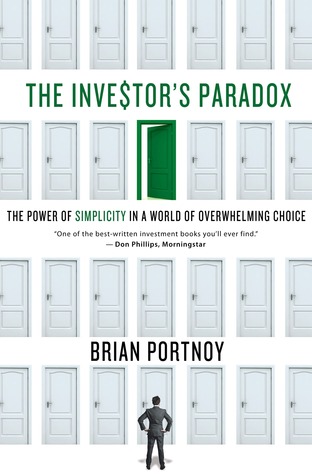
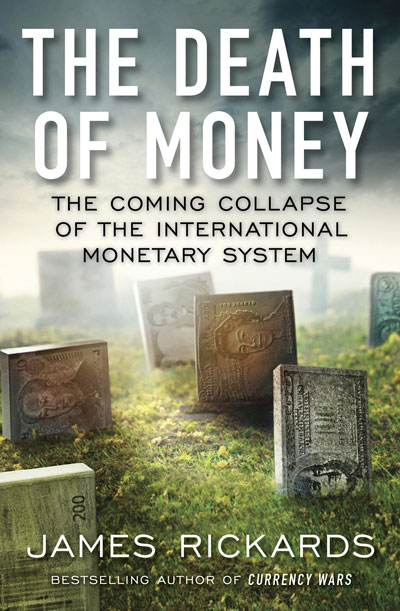
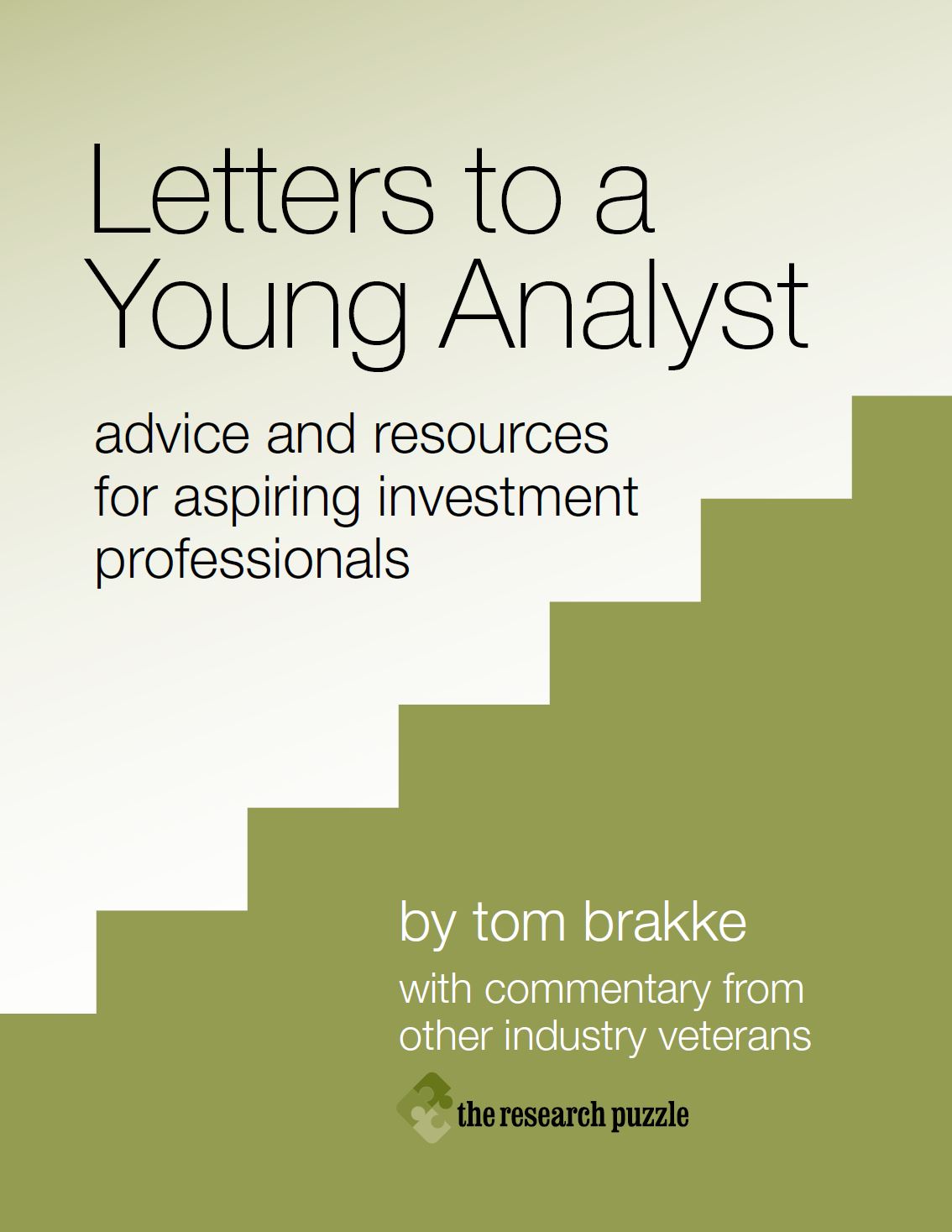
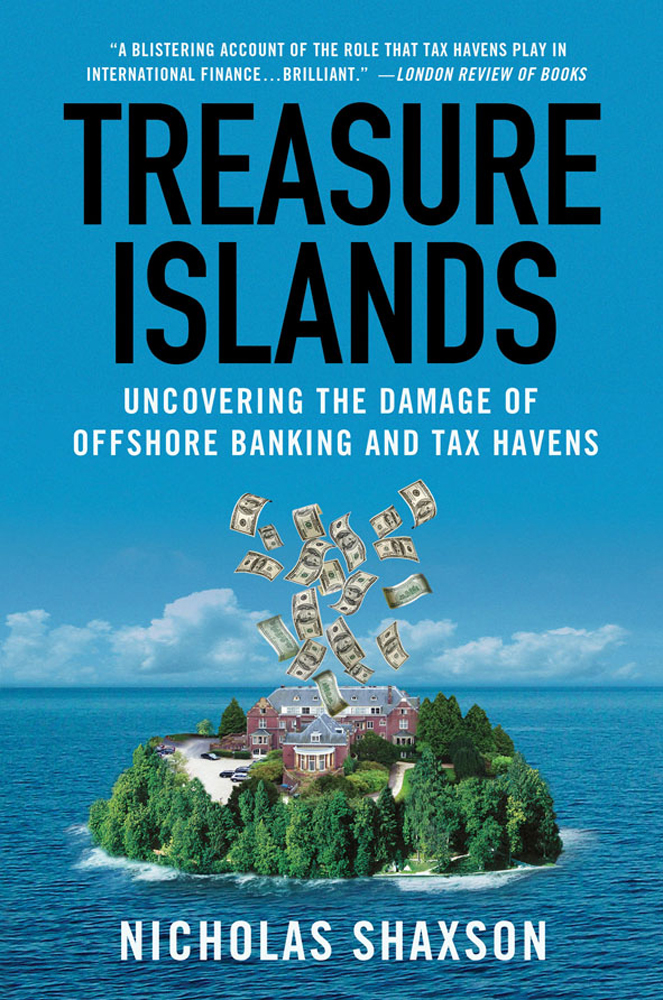
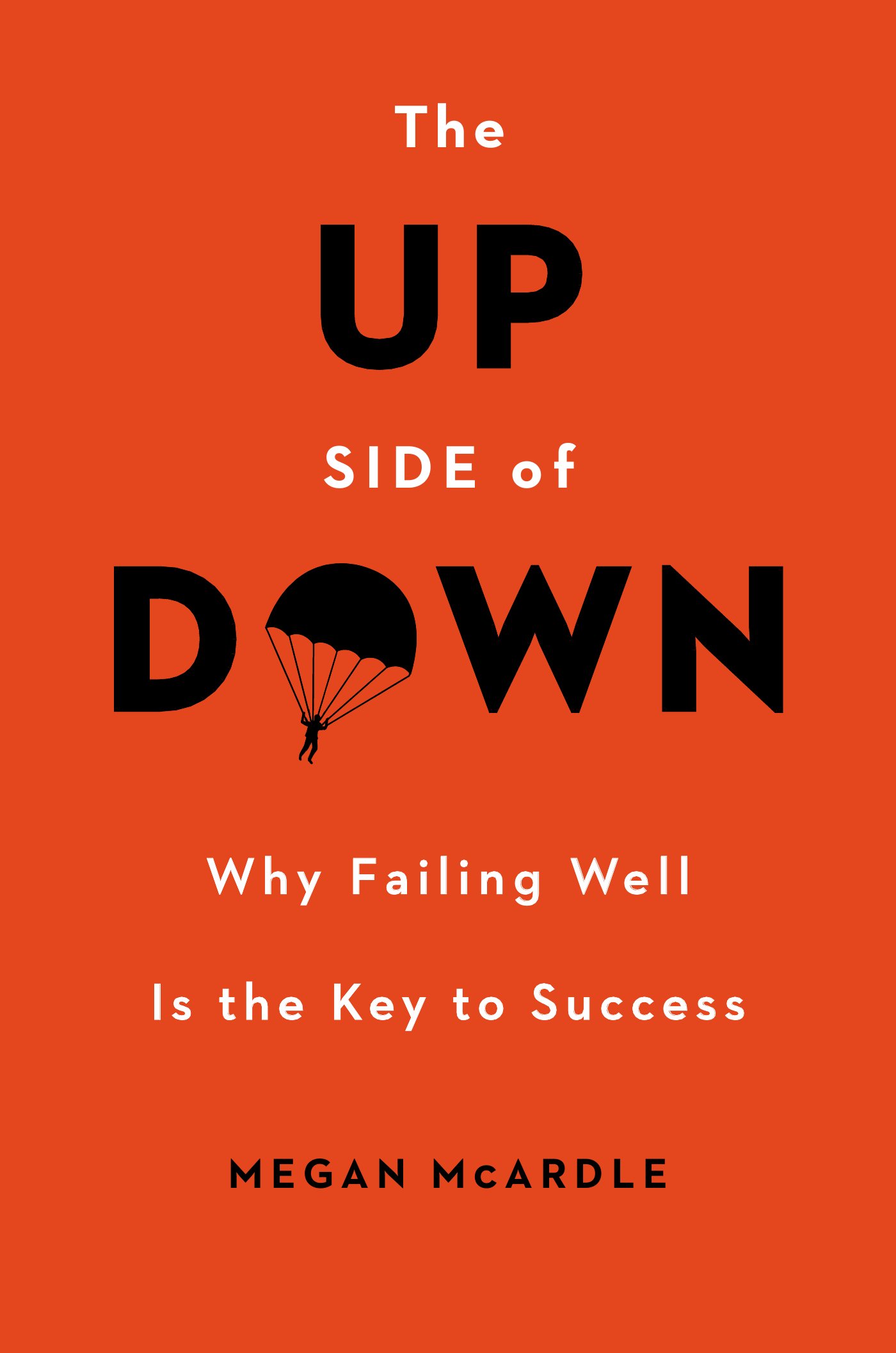 Failure. We’ve all experienced it. Can we benefit from it?? The answer is maybe, depending on the costs of failure.
Failure. We’ve all experienced it. Can we benefit from it?? The answer is maybe, depending on the costs of failure.